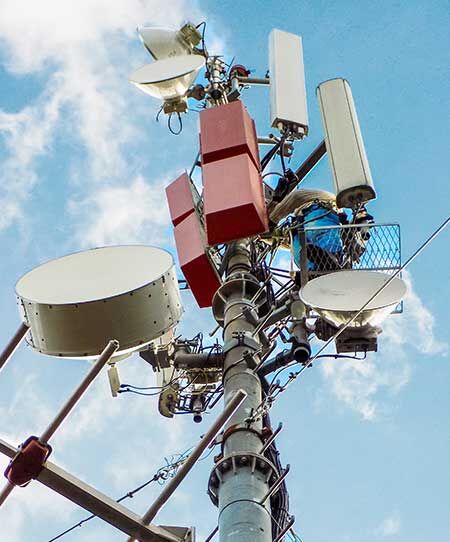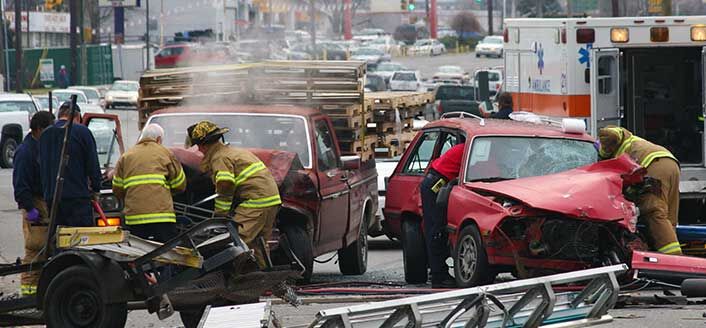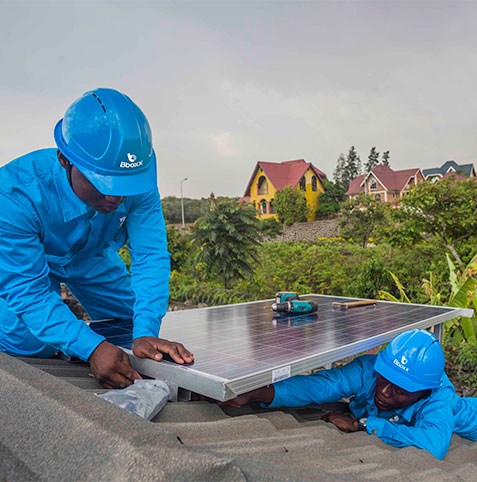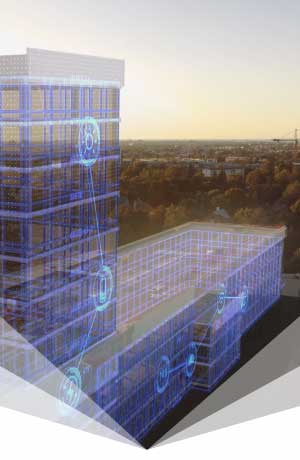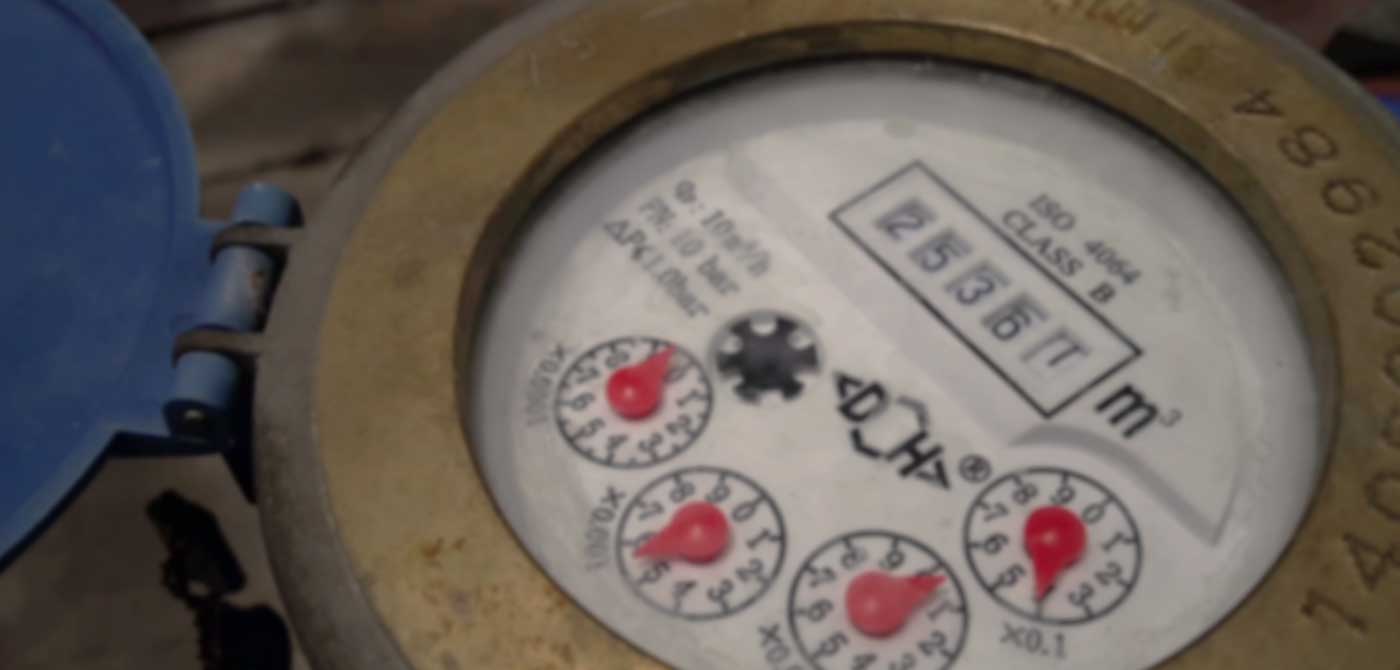Regardless of these benefits, however, it can be difficult for city planners and developers to know where to begin separating the applications that are actionable today from ideas that still are in development stages. For older cities, it can be all the more difficult to assess and advance a strategy for smart system implementation that can integrate with existing infrastructure.
With the potential for significant quality-of-life improvements in urban areas, IoT-enabled smart city solutions are a remarkable opportunity and a worthy investment for city planners and developers. The only question is where to begin.
Supporting and Improving City Services with Smart Poles
One potential starting point for smart city implementation are street light poles. Lighting company Signify recently announced the launch of its BrightSites smart pole technology, which utilizes the ubiquity of a citys existing street light infrastructure to deliver major wireless connections, such as 4G LTE, 5G, Wi-Fi, LoRa, and Sigfox. Through smart poles wireless networking capabilities, BrightSites can support a wide range of IoT applications while also offering controllable, energy-efficient LED lighting.
Smart poles, like BrightSites, work by using small-cell base stations that are housed within the pole. Since they work within a citys street lighting infrastructure, smart poles make it possible for city planners to densify urban network capacity and coverage at their own pace with minimal disruption. Once installed, IoT capabilities can form the integral building blocks of a municipalitys smart city initiative.
Reducing Emergency Response Times
When it comes to emergencies, be it medical or crime-related, time is of the essence. With IoT connectivity and smart pole technology, emergency services and first responders have a powerful smart detection tool that can help them close the emergency response gap. For example, microphones embedded within the smart pole can be equipped with pattern recognition technology to detect incidents such as cries for help, car alarms, breaking glass, gunshots, or other indicators of potential crimes or emergencies. When a smart pole detects such an event, it can brighten its light automatically, record audio, and alert emergency services.
Improving Air Quality
Every urban area faces the problem of air pollution. According to the World Health Organization, seven million people die every year from illnesses related to poor air quality and air pollution. While the long-term solution to the problem of urban air pollution is to reduce emissions citywide, smart poles can help identify the areas with the most urgent need. Smart pole sensors can monitor several environmental factors, such as fine particulate matter concentration, temperature, and humidity to provide a complete picture of an areas overall air quality. This environmental information can be displayed on smart poles to help citizens limit their exposure to air pollution, and city planners can use the gathered data to support decisions that might improve urban air quality conditions.
Traffic Monitoring and Mobility as a Service
Traffic congestion is one of the most cited reasons for poor quality of life in cities. To resolve this challenge, smart cities look to Mobility as a Service (MaaS) solutions to reduce the number of vehicles on the road. Public transit, ride-sharing, and micro-mobility services are fully integrated in a smart city through IoT connectivity to form a holistic MaaS infrastructure that citizens can use to navigate local areas. In addition to providing and supporting the IoT connectivity for MaaS, smart poles can be embedded with cameras to observe road conditions. With constant smart pole traffic monitoring, municipalities have valuable data that can help improve traffic flows, guide maintenance decisions, and facilitate emergency crew deployment.
Data Monetization Opportunities
Smart poles also present a potential revenue stream for cities. In addition to offering important emergency messaging, mounted display screens (digital signage) present opportunities for targeted advertising campaigns. Tracking data, such as pedestrian movement and street traffic, can be monetized for private commercial development and other city planning applications. The telecommunications infrastructure supplied by smart poles can be licensed to multiple carriers that want to utilize quick connection speeds for their customers.
Connect Your Smart City Deployment with Aeris
With so much versatility offered by smart poles, virtually any city service can be augmented and improved with IoT connectivity. To achieve this connectivity, city planners and developers need an end-to-end solution that will improve operational efficiency, reduce time-to-market, and enable new revenue streams for city infrastructure.
Aeris is a pioneer and leader in the IoT market, enabling the transformational needs of smart cities across areas such as energy consumption, transportation, connectivity, sustainability, and environment management. The Aeris Intelligent IoT Network is optimized for cost and performance, reducing the complexity of IoT deployments by offering simple, customizable infrastructure management. With our long track record of expertise and IoT leadership, we are able to drive innovation in any smart city project.
To learn more about how you can start down the road to a smart city deployment, contact Aeris today.
